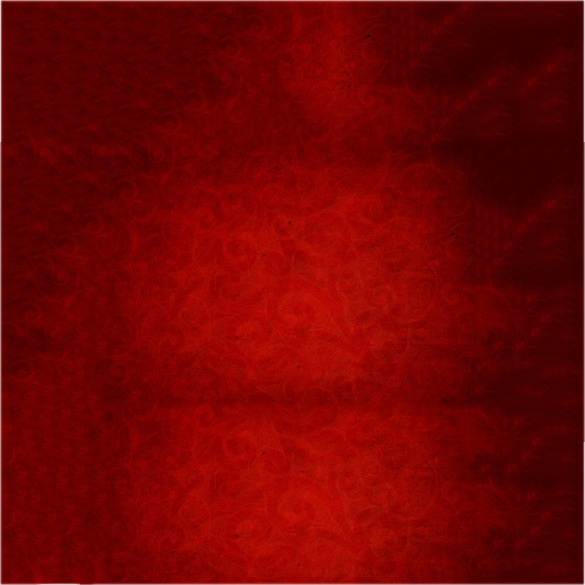

Enter new values into the fields Resolution Horizontal or/and Resolution Vertical. In this case the total amount of pixels in the image will stay the same.
#PHOTOSHOP FOR MAC FREE CHANGE NUMBERS CODE#
But although computer data and file size is normally measured in binary code using the binary number system (counted by factors of two 1, 2, 4, 8, 16, 32, 64, etc), the prefixes for the multiples are based on the metric system! The nearest binary number to 1,000 is 2^10 or 1,024 thus 1,024 bytes was named a Kilobyte.We recommend using image files of less than 500 KB for best results, though the limit for an individual image upload is 20 If you're adding multiple images to a page, keep your overall page size in mind. Your image may display larger or smaller on your site depending on its container size.–Use Option/Alt with the Transform Again shortcut to create the additional replicated objects. –Use the Option/Alt key when creating the first transformation.
#PHOTOSHOP FOR MAC FREE CHANGE NUMBERS SERIES#
Just about any time you need to create a series of identical elements distributed evenly, you can use this step and repeat technique. Or perhaps you need to create a brick wall: Okay, so that’s all well and good, but how often do you need pawprints? You can also use “step and repeat” to, for example, create a dozen marks around a central point, evenly spaced, to represent the face of a clock: You can Command-click (Mac) or Control-click (Windows) on the layer thumbnail in the Layers palette to select the content of the layer. NOTE: If you don’t want to create separate layers for each copy, make a selection of the original objects before performing the first transformation. (In versions of Photoshop prior to CS2, link your layers and use the Layers palette menu command Merge Linked.)

And you can, of course, select all of your object layers and merge them into a single layer with the shortcut Command-E (Mac) or Control-E (Windows). Pressing Option-Shift-Command-T (Mac) or Alt-Shift-Control-T (Windows) three times gives us a series of pawprints.Īfterward, you can manipulate any individual copy of the object by selecting that layer in the Layers palette. Again, if we add the Option/Alt key to the combination, we duplicate and transform rather than repeating the transformation on the previously-transformed content. Now here’s where it gets easy! The keyboard shortcut for Edit> Transform Again (which repeats the previous transformation, Move in this case) is Shift-Command-T (Mac) or Shift-Control-T (Windows). With the transform bounding box active, click on the layer content and drag to duplicate and reposition. This will give us the next pair of pawprints. Adding the Option/Alt key to the shortcut enables to make and transform a copy of the pixels rather than transforming the original. Hold down the Option/Alt key and press the keyboard shortcut for Edit> Free Transform, Command-T (Mac) or Control-T (Windows). Select the first button to create shape layers, the middle button to create work paths, the third – the one we need for this example – to add pixels to the active layer.) (Remember that the Custom shape tool’s behavior is governed in the Options bar with three buttons. I added a new empty layer to the image, then used the Custom Shape tool to create a couple of paw prints. Let’s work with the example of creating a series of evenly spaced pawprints. However, you can indeed replicate a step-and-repeat technique in Photoshop. Typically step and repeat is used in an object-oriented program, such as InDesign, rather than in a pixel-based editor, such as Photoshop. “Step-and-repeat” is the term used for the process of duplicating an object and spacing.


 0 kommentar(er)
0 kommentar(er)
